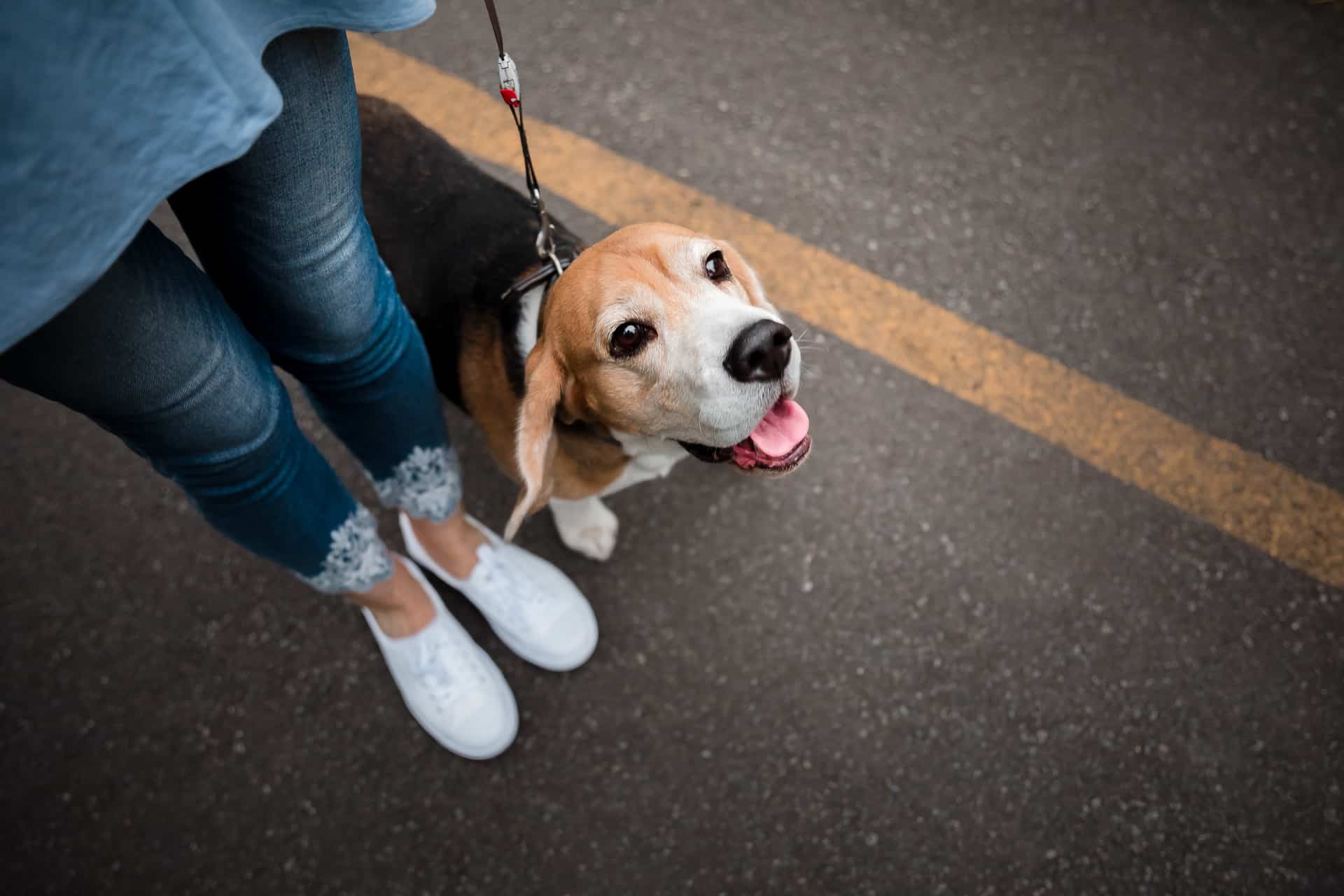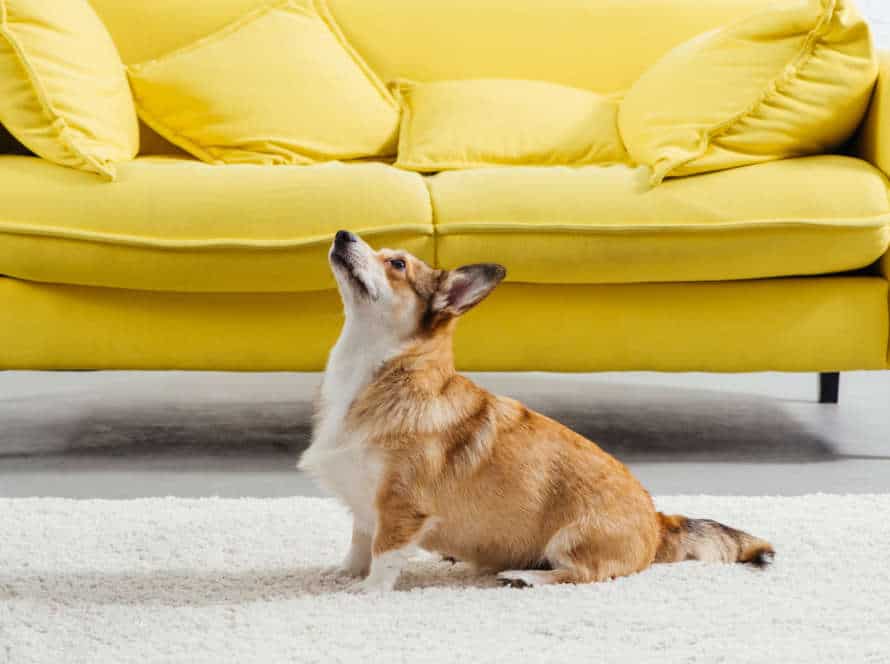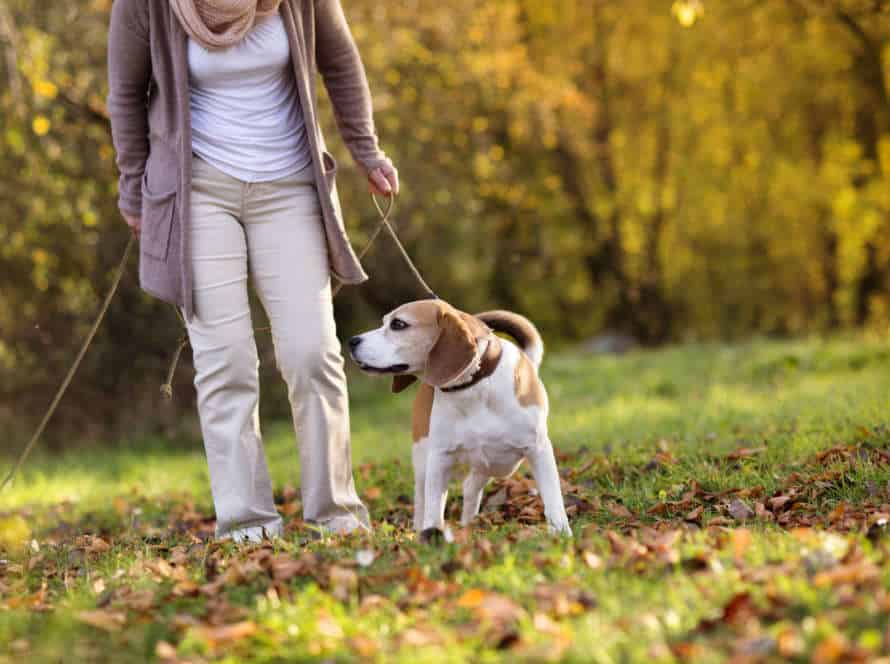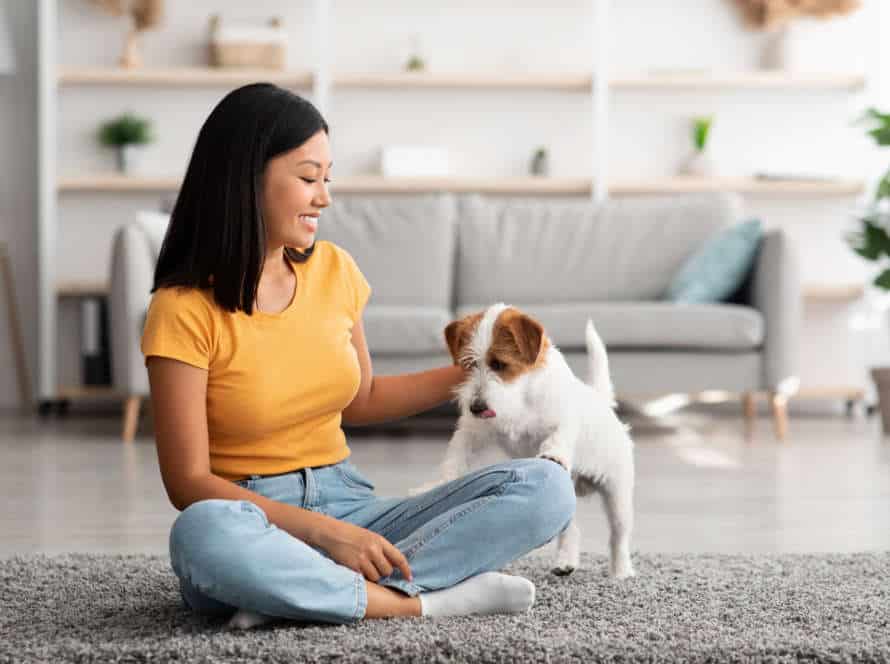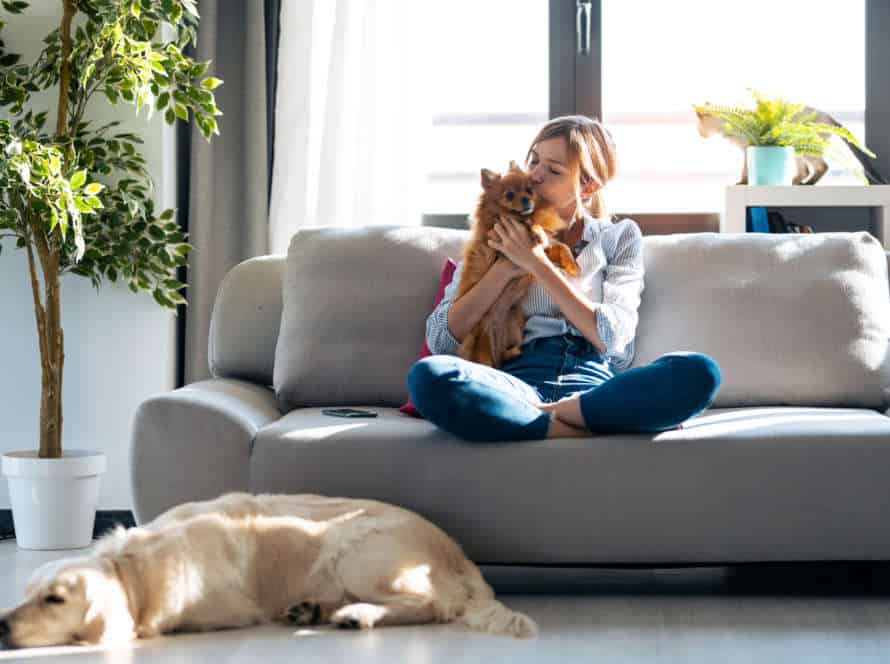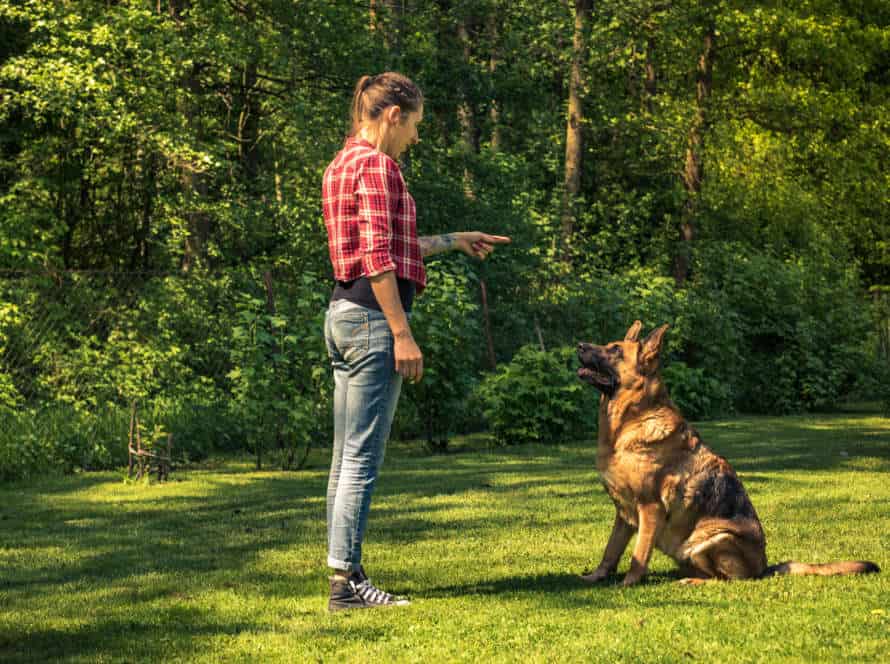Loose Leash Walking: The Key to Enjoyable Walks with Your Dog
Loose Leash Walking is a technique to make walking pleasant for both you and your pup. Here are some tips to help you:
- Start inside, a quiet space with low distractions.
- Use a front-clip harness or head collar to prevent pulling.
- Treats, positive reinforcement, and verbal cues can help reward good behavior.
- Consistent practice and patience will help create better walking habits.
Enjoy walks with your pup without pulling or tugging!
Understanding Loose Leash Walking
Loose leash walking is a training style for your pup! It helps them learn how to take a stroll without pulling on the lead. It’s great for both you and your pooch, making your time outside together much more pleasant.
To do it right, it’s important to understand what it is and the steps needed.
Importance of loose leash walking
Loose leash walking is essential for strengthening the bond between you and your pup. It makes walks enjoyable and safe. This technique involves teaching your dog to stay close by your side without pulling or getting distracted.
The importance of this skill is clear:
- Safety: It reduces the risk of accidents or injuries.
- Control: You gain the ability to control their behavior in different situations.
- Health: Exercise is good for their physical and mental health.
- Bonding: It reinforces mutual trust and respect.
To train them, use a comfortable leash and collar. Gradually increase difficulty as they get better. Pro tip: Start with short and frequent practice sessions. This helps build focus and confidence.
The proper technique for loose leash walking
Loose leash walking is a must-have skill for every dog owner. It teaches dogs to peacefully and securely stroll on a leash, without tugging or leaping.
Here are some steps to practice loose leash walking with your pup:
- Get a good-fitting collar or harness with a regular leash.
- Walk at an even speed and don’t jerk or pull on the leash.
- Use verbal commands such as “heel” or “easy” to show your dog when to walk calmly or slow down.
- Reward your pooch with treats for good behaviour and reinforce good habits.
- Start in a low-distraction setting, then gradually add more challenging elements like other dogs or people.
With perseverance and patience, loose leash walking can be a delightful experience for both you and your furry buddy.
Common mistakes while walking with a dog
Pet owners often make one major mistake: not mastering loose leash walking. It’s the key to a great stroll with your pup. Avoid these slip-ups:
- Pulling on the leash. Dogs can pull if they sense strain. Don’t tug if you don’t want them to yank or act out.
- Short leash. A short leash can be restrictive. Use one long enough for them to move freely and explore.
- Exercise deficit. A tired pup is less likely to pull or act up. Make sure they get enough daily workout.
- Poor posture. Don’t hunch or look down at your furry friend. Stand straight and make it clear you’re in charge.
- Inconsistent training. Be consistent with commands and praise good behavior. Otherwise, your pup may be confused or resistant.
Training Loose Leash Walking
Train your pup to walk with a loose leash! This is crucial for having a great relationship and great walks. Positive reinforcement and consistency are key! Here are some tips for teaching this:
- First, reward your dog for walking with a loose leash.
- Secondly, do not pull on the leash.
- Thirdly, choose a quiet area with few distractions.
- Fourthly, practice short, frequent sessions.
- Last but not least, be consistent and patient.
These tips will help you and your pup have a great time on your walks!
Positive reinforcement training
Positive reinforcement training is a great way to train your pup! One part of this method is loose leash walking. Here are some tips to help you out:
- Get a leash and collar that fits your pooch properly and is comfy for them.
- Offer treats, praises, or a clicker when they walk without pulling on the leash.
- If your dog pulls on the leash, stop walking and wait until they stop. As soon as the leash is loose, start walking again and reward them.
- Repeat this consistently every time you take your pup out for a walk. This will help them learn to walk without pulling on the leash.
Pro Tip: Remain patient and calm when training your pup. Dogs respond better to positive reinforcement and praising than scolding and negative reinforcement.
Clicker training
Clicker Training is a great way to teach your pup new tricks, like walking on a loose leash. Here’s how it works:
- Get your pup used to the clicker sound. Pair it with treats, so they know it means something good.
- Start off in a low-distraction area, like your backyard or a peaceful park. Reward your pup with clicker & treats when they walk with you, no pulling.
- As they get better, add more distractions. Busy streets, other dogs, and so on. Keep rewarding them when they stay calm and at your side.
- Be consistent and patient with your pup. With practice, they’ll learn to love walking with you, leash loose.
Teaching your dog to engage their mind while walking
Leash-walking is essential for a great walk with your pup. To make it even more rewarding, teach them to think while they walk!
Here’s how:
- Use treats and toys to reward your pup and keep them focused.
- Incorporate training exercises, like ‘sit’ and ‘stay’, during your walk.
- Let them sniff and explore, within reason.
- Change up routes and terrains to challenge their minds.
By teaching your pup to think on walks, you’ll improve their behavior and strengthen your bond!
Tools to Help with Loose Leash Walking
Mastering loose leash walking calls for patience and practice. But it can bring about much more enjoyable walks for you and your dog. There are tools you can use to aid in this process. Let’s explore some of the most popular ones and how to use them.
Choosing the right leash and collar
Picking the correct leash and collar is critical for successful walking with your pup. Here are some points to think about:
Leash:
- Length: A 6ft leash is ideal for public places. Retractable leashes should be avoided as they can cause tangles and encourage pulling.
- Material: A tough leash from nylon or leather is best. Steer away from rope or chain leashes, as they can hurt your hand if your pup pulls hard.
- Style: Go for a standard or training leash that attaches to your dog’s collar or harness.
Collar:
- Material: A flat collar made of nylon or leather is generally safe and comfortable. Special collars like martingale or head halters are useful, but must be fitted and trained correctly.
- Size: Measure your dog’s neck correctly and pick a collar that’s not too tight or too loose.
- Style: The buckle collar is the most common and perfect for everyday walks. The quick-release collar is ideal for outdoor activities.
Remember to choose the right leash and collar for your pup’s size, temperament and walking style. Have enjoyable walks with your furry companion!
Pro Tip: Check your dog’s leash and collar regularly to ensure their safety and comfort.
Training harnesses
Training harnesses are great for loose leash walking. Enjoyable walks with your pup are possible with the right harness!
There are several types available:
- Front-clip harnesses have a clip on the front, this helps to reduce pulling and keep focus on the handler.
- Back-clip harnesses have a clip on the back, great for dogs who don’t pull too much.
- No-pull harnesses have two clips, both front and back, for better control and less pulling.
- Head halters loop around the nose and control head movement, reducing pulling and improving control on walks.
Choose the right harness for your dog’s size, activity level and walking behavior for a comfy and effective training experience.
Head halters
Head halters are a great way to help your pooch with loose leash walking. It works by redirecting their head and attention towards you, promoting good behavior and reducing pulling.
To use a head halter, put it on your dog’s head, making sure it isn’t too tight. Attach the leash to the halter’s ring, coming from under the chin. When taking your dog for a walk, guide them with small adjustments to the leash connected to the halter.
Be patient, reward them for good behavior, and don’t yank or jerk the leash. Pro tip: Introduce the head halter gradually and positively, with treats, praise, and lots of reassurance. With time and patience, your dog can learn to do loose leash walking!
Troubleshooting Loose Leash Walking Problems
Many dog owners want to master the art of loose leash walking, however it can be difficult. Common problems may include: pulling on the leash, not responding to cues, and being easily distracted. To try and fix these issues, troubleshooting techniques can be put into action. Let’s discuss how to do that now!
Pulling or lunging
Pulling and lunging while on a walk with your pup can make the experience unpleasant. To solve this problem, try these steps!
- Stop walking when your pup pulls or lunges, and wait for the leash to go slack. This should be done every time.
- Reward your dog for not pulling or lunging. Use treats, clickers, and praise to show positive reinforcement.
- Start using the ‘redirect’ method. Change direction when your pup begins to pull. This will make them focus on you and lessen the inclination to pull.
- A front-clip harness or head halter can help with control and reduce the desire to pull.
With patience and consistency, your dog will learn how to walk on a leash without pulling or lunging!
Lack of focus
When training a dog to walk on a leash, lack of focus is often a problem. It can be tough if your pup is easily distracted or just not interested. Here are some tips to help them stay focused:
- Offer yummy treats – like cheese or chicken – when they do well.
- Start in a familiar place with no distractions.
- Keep a steady pace when you walk.
- Encourage them with positive reinforcement, such as words, petting, and treats.
Remember: Training takes time and patience. With regular practice, your pup will learn to love loose leash walks.
Fear or anxiety on walks
Fear or anxiety can be a common issue for dogs during walks. This often leads to loose leash walking behaviour. To address this, troubleshooting techniques can be used to help your pup. Here are some tips:
- Start training indoors without a leash.
- Practice walking in a controlled environment, such as your backyard or an enclosed space.
- Positive reinforcement techniques, like treats or clicker training, can encourage good behaviour.
- Harnesses are better than collars, as they won’t choke or strain the neck.
- Be patient and consistent with training. Every dog is different and needs their own unique approach.
Tips for Maintaining Loose Leash Walking
Loose leash walking is a must-know skill for all dog owners. Pulling on the leash can make controlling your pup tough and lead to trouble. So, it’s important to learn how to do this.
Here are some tips to help you keep up a loose leash walk. Enjoy stress-free walks with your pup!
Consistency is key
Consistency is key for loose leash walking with your pup. Dogs love routine and consistency, so it’s important to have a daily routine they can follow.
Here are some tips:
- Choose a side for your dog to walk on and stay consistent.
- Use the same verbal cues and hand signals.
- Reward good behavior with treats, praise, or playtime.
- Redirect attention when your pup starts to pull.
- Be patient and consistent every time you go for a walk. Your pup will soon understand what’s expected.
Keep things interesting
Leashing up your pup is a must for pet owners. But, it can sometimes seem dull. Here are some tricks to make leash walks fun!
- Change your trails. Walking the same path every day can become dull for your pup. Spice it up with new routes.
- Let ’em sniff. Dogs love to explore and seek out new smells. Encourage them to check things out along the walk.
- Play games. Your pup loves to play. Make the walk entertaining with games like fetch or hide-and-seek.
- Train them. Use the walk as a chance to teach commands like stopping at crosswalks or ramps.
- Take a pause. Breaks give your pup time to explore and sniff around.
Try these tips and you and your pup will start to look forward to a joyful leash walk!
Be patient and persistent
Training your pup to stroll on a loose leash is a remarkable experience for both you and your four-legged pal. Still, it can be a tough job that needs patience and persistence.
Here are some tips for keeping a loose leash walk:
- Be consistent with your training techniques and desires.
- Utilize positive reinforcement, like treats or applause, to reward your dog for walking on a loose leash.
- Keep your pup focused and entertained by adding play and training into your walks.
- Be patient and steadfast, don’t expect instantaneous outcomes. It takes some time and practice for your pooch to learn and uphold good walking practices.
Bear in mind, loose leash walking not only makes walks more delightful but also reinforces the relationship between you and your furry buddy.
Frequently Asked Questions
Q: What is loose leash walking?
A: Loose leash walking is when your dog walks calmly beside you on a leash without pulling or tugging.
Q: Why is loose leash walking important?
A: Loose leash walking is important for the safety and enjoyment of both you and your dog on walks. It also helps to establish leadership and reinforce good behavior.
Q: How do I train my dog to walk on a loose leash?
A: Start with short walks in quiet areas and reward your dog for walking calmly beside you. Use a consistent command and reward system, and gradually increase the length and complexity of your walks.
Q: What tools can I use to help with loose leash walking?
A: Tools such as front-clipping harnesses, head halters, or no-pull collars can be helpful in teaching loose leash walking. However, these tools should be used as an aid in training, and not as a substitute for proper training.
Q: What should I do if my dog continues to pull on the leash?
A: If your dog continues to pull on the leash, stop walking and stand still until they relax. Then, resume walking and reward them for walking calmly beside you.
Q: How long does it take to train a dog to walk on a loose leash?
A: The length of time it takes to train a dog to walk on a loose leash depends on the dog’s personality and previous training. It can take anywhere from a few days to several weeks or months of consistent training.

